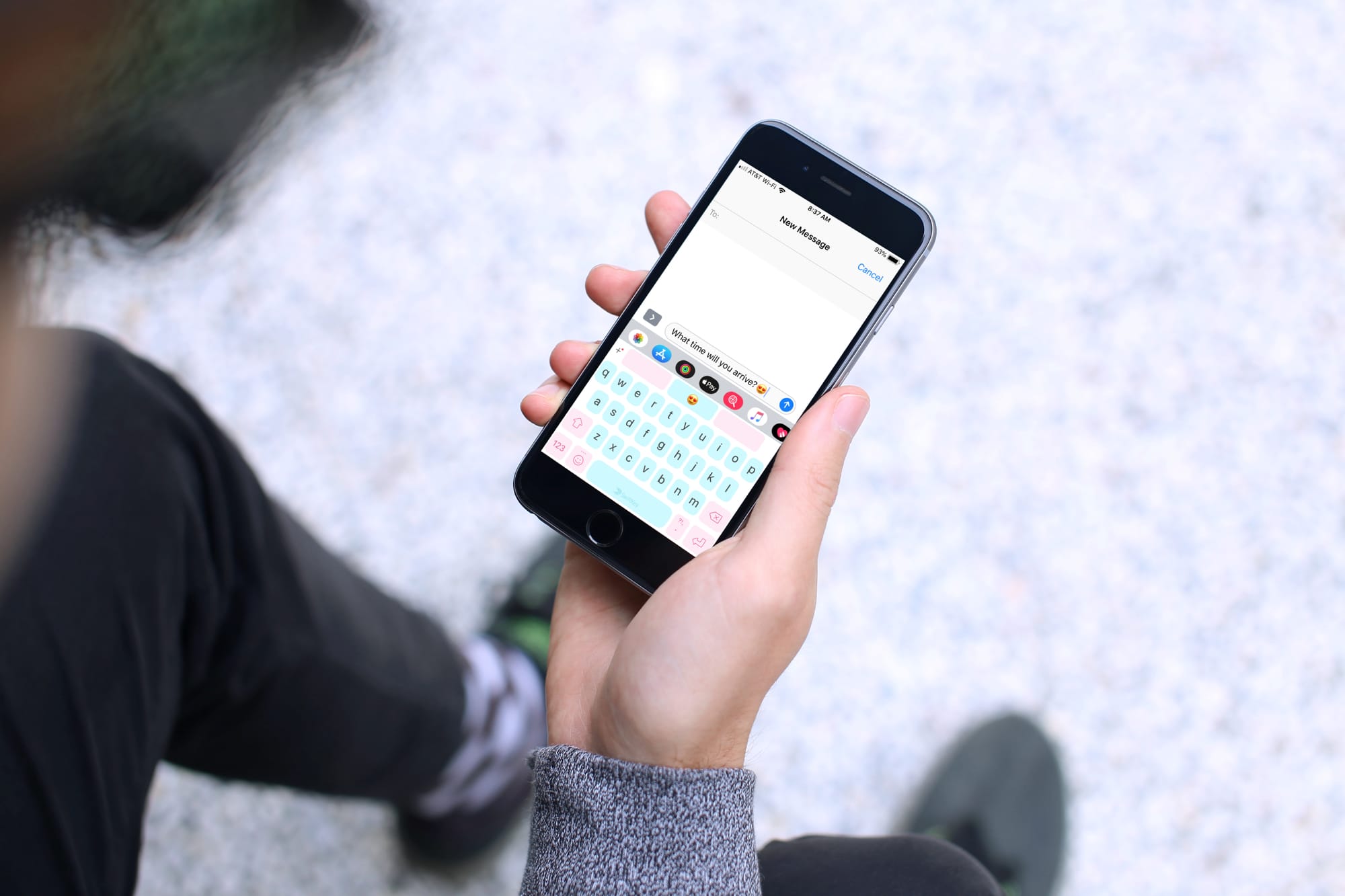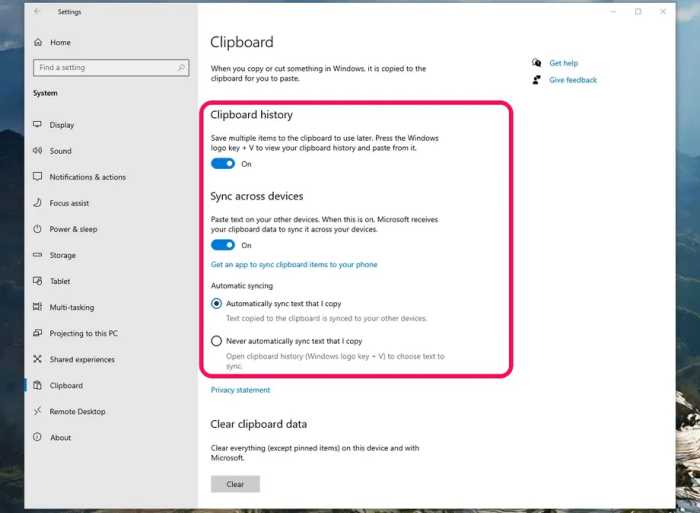

The only thing you can do with the responses from Bing is copying them to the clipboard with a “copy” button. This is certainly quicker than opening up a full browser or the Bing app, but functionality is limited. Meanwhile, the typical generative AI that you probably know Bing and ChatGPT best for is a bit less “native.” On clicking the Bing button, there’s a “Chat” tab that pops up Bing over almost the entirely display. These tend to stick with the same basic message length, while the “social post” option will try to generate relevant hashtags. With this, you can draft your message in SwiftKey and then have the AI rewrite that message in one of a few ways. This takes two forms, starting with a new “Tone” option. This is only available on Android, though, with no word on when it might arrive on iOS (which removed, then brought back its app last year).Īccessing Bing AI in SwiftKey is handled with a “Bing” button that appears on the left side of the keyboard’s top row.

The feature is “slowly rolling out” according to Microsoft’s Pedram Rezaei, though we were able to access it immediately when downloading the SwiftKey beta from the Play Store.

SwiftKey now includes support for Bing’s ChatGPT AI, powered by GPT-4. Our original coverage of the feature in beta is available below – nothing has changed in the stable release. The company announced the expansion in a blog post. Update 4/13: Microsoft has now released Bing Chat integration in SwiftKey widely across Android and iOS. Now, the AI chatbot that makes the “new Bing” so attractive is coming to the SwiftKey keyboard for Android. Generative AI has become incredibly popular, and for Microsoft, it’s become the key to growing Bing.


 0 kommentar(er)
0 kommentar(er)
